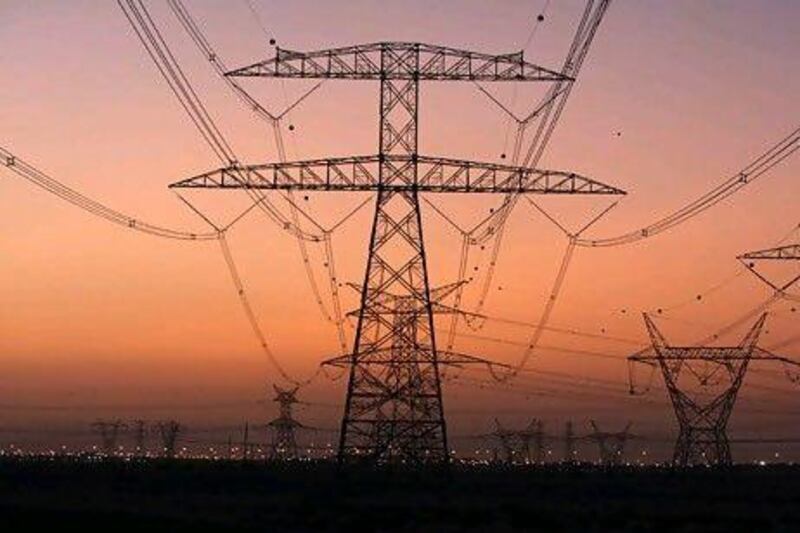Dubai has turned necessity into a virtue and relieved tight public finances by dispensing of the traditional Middle East model of providing cheap, or free, electricity and water.
Hefty increases in tariffs and the introduction of a fuel surcharge at the beginning of last year may have left customers gnashing their teeth. But the move has worked wonders for the financial health of the Dubai Electricity and Water Authority (Dewa).
Dewa's net profits last year rose by 24.5 per cent, to Dh4.374 billion, on the back of revenues that increased by 37 per cent, to Dh14.7bn.
The company also managed to reduce its current liabilities by almost Dh4bn, down to Dh9.4bn.
In recent years, Dewa struggled with debt repayments, paying interest rates as high as 8.5 per cent.
The company has responded by passing on some costs to its customers, a move that has been received favourably by credit rating agencies. Their judgements on an entity's ability to repay its debt determines borrowing costs.
In October, Moody's Investors Service upgraded Dewa's rating and lauded the authority's improved ability to meet its debt obligations.
Rising utility bills are not finding their way to UAE citizens, who still benefit from subsidies on electricity and water. But with Emiratis accounting for only a fraction of the population, these costs can be easily absorbed.
The tariff increases had another, possibly unintended, consequence. Dewa's customers started thinking twice about leaving on their lights, turning up the air conditioning or leaving the water running. As a result, demand increases for both electricity and water moderated - even as Dubai's population increased.
Not only is this a positive development from an environmental perspective, it has also allowed Dewa to postpone the construction of its latest power plant, which would have cost more than US$1bn.
[ What's Down: ]





